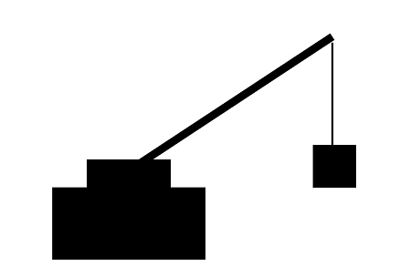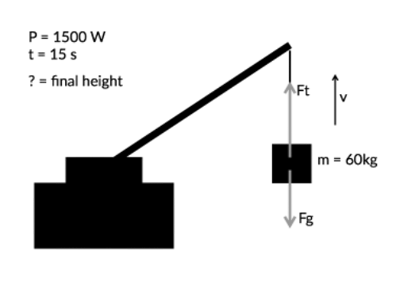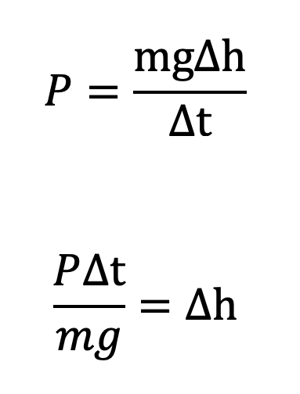AP Physics is hard. After all, physics is rocket science. It’s not surprising, therefore, if you find yourself getting stuck on some questions on this famously difficult exam. You know the feeling: your mind goes blank, your stomach churns, your palms begin to sweat, and you find yourself staring, motionlessly, at the page. While study and practice are undeniably indispensable to your success on the test, there are three steps that you can take if you find yourself feeling baffled.
1. Draw a picture.
Many problems on the exam already contain pictures or diagrams, but if you’re attempting a problem that doesn’t include any kind of visual representation, draw one. Otherwise, you’re trying to both imagine the situation at hand and work out the math, and the fewer tasks you need to juggle mentally, the better. Consider the problem below:
A crane provides 1500 W of power to lift an object with a mass of 60 kg. If the crane operates for 20 s, how high will it lift the object in this time?
Your picture of the situation doesn’t have to be particularly artistic or detailed, and might look like this:

2. Write down what you know.
Once you have a solid understanding of what the situation looks like, you can add in everything you know. This includes any numbers given in the problem, as well as information that you have from your own knowledge. If you’re working a question that involves forces, for example, you should draw force vectors in your diagram. In the question above, you could add in the following information:

3. Write down any relevant formulas, and plug in what you know.
This last step is particularly vital, even if you don’t yet know how you’re going to use the formulas. Fortunately, the AP Physics exam does provide you with a formula sheet, but even so, finding the right formula can be tricky.
First, consider the information given in the problem. Does the question mention two objects colliding? In that case, you’ll likely need the formula for momentum. Write that down. Does the question mention acceleration? Write down F = ma.
In some situations, though, you might be dealing with a quantity that has more than one formula. In the example discussed above, for instance, the question involves power. Do you write down P = IV? Or do you write P = Fv? What about P = ∆E/∆t? Here, you’re not dealing with current or voltage, so P = IV will not apply. While you know that the object is moving upward, you don’t have any information about its velocity, so P = Fv may also not seem very helpful.
Look at what you do have: information about power, time, and mass. You also know that the object is moving upward and is therefore gaining potential energy. Therefore, P = ∆E/∆t is likely to be the most helpful form of the equation for power. Potential energy is increasing, so you can write ∆E = mg∆h. By substituting and rearranging, you can get

Now, plug in what you know.

Success! When deciding which form of an equation to use, always consider which variables you’re given, and look for the form of the equation that contains those variables.
While there is admittedly no magic easy button to make AP Physics problems simple, following these three steps can give your approach structure and guide you in finding answers.
Need more individualized advice?
The recommendations above are general suggestions. If you have specific questions, reach out to our experts here. We’re happy to help in any way we can.
About ArborBridge
ArborBridge is the global leader in innovative, digital, one-on-one tutoring. With nearly a decade of experience teaching students online, ArborBridge supports students of all kinds: home schoolers, AP students, test preppers, and more. Our tutors specialize in creating personalized plans and in providing compassionate support for students and families.






